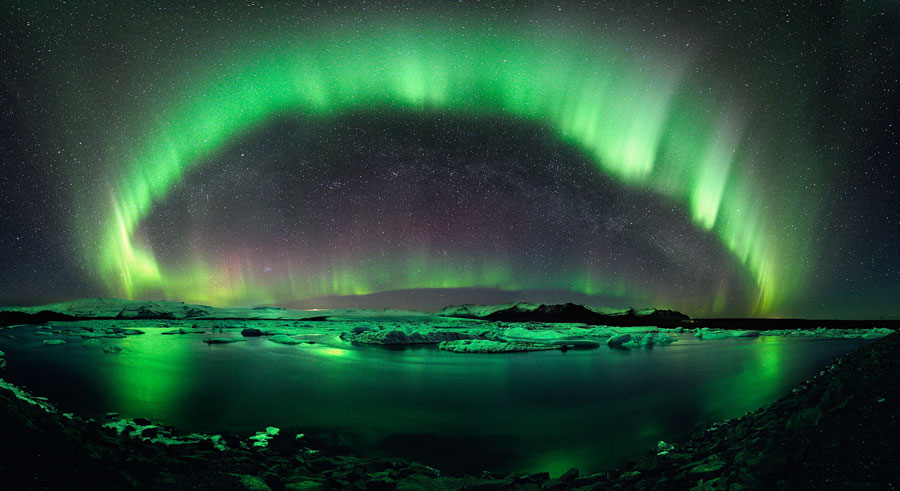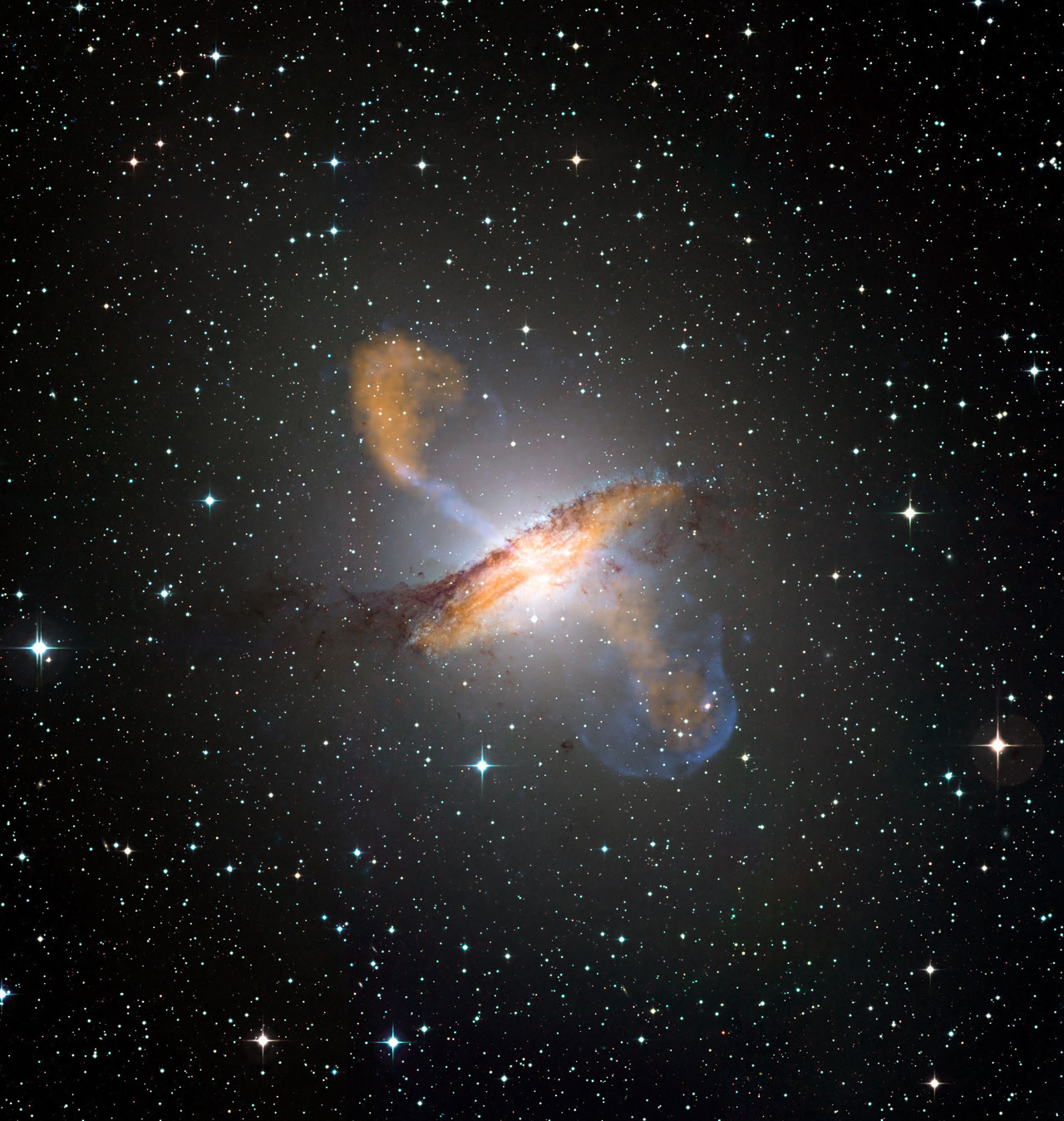_____________________________________________________________________
Please vote for the two best APODs (image and text) for May. All titles are clickable and link to the original APOD page.
We ask for your help in choosing an APOM, as this helps Jerry and Robert create "year in APOD images" review lectures and a free PDF calendar at year's end, and provides feedback on which images and APODs were relatively well received.
We are very interested to know why you selected the APODs for which you voted; if you would like to tell us, please reply to this thread. Thank you!
Thank you!
_____________________________________________________________________
It is a hurricane twice the size of the Earth. It has been raging at least as long as telescopes could see it, and shows no signs of slowing. It is Jupiter's Great Red Spot, the largest swirling storm system in the Solar System. Like most astronomical phenomena, the Great Red Spot was neither predicted nor immediately understood after its discovery. Still today, details of how and why the Great Red Spot changes its shape, size, and color remain mysterious. A better understanding of the weather on Jupiter may help contribute to the better understanding of weather here on Earth. The above image is a recently completed digital enhancement of an image of Jupiter taken in 1979 by the Voyager 1 spacecraft as it zoomed by the Solar System's largest planet. At about 117 AU from Earth, Voyager 1 is currently the most distant human made object in the universe and expected to leave the entire solar heliosheath any time now.
What's that bright orange dot above the large telescope on the right? Even seasoned sky enthusiasts might ponder the origin of the orange orb seen by scrolling across this panoramic image, taken last December. Perhaps identifying known objects will help. To start, on the far left is a diagonal band of light known as zodiacal light, sunlight reflected off of dust orbiting in the inner Solar System. The bright white spot on the left, just above the horizon, is Venus, which also glows by reflected sunlight. Rising diagonally from the ground to the right of Venus is the band of our Milky Way Galaxy. In the image, the band, which usually stretches dramatically overhead, appears to arch above the elevated Chilean landscape. Under the Milky Way arch, toward the left, lie both the Large and Small Magellanic Cloud galaxies, while toward the right lies the constellation of Orion surrounded by the red ring of Barnard's Loop. On the ground, each of the four Very Large Telescopes is busy keeping an eye on the distant universe. The orange spot -- it's the Moon. The image was taken during a total lunar eclipse when the normally bright full moon turned into a faint orb tinted orange by the intervening Earth's atmosphere.
A sunlit crescent of Saturn's moon Enceladus looms above the night side of Saturn in this dramatic image from the Cassini spacecraft. Captured on August 13, 2010 looking in a sunward direction during a flyby of the icy moon, the view also traces layers in the upper atmosphere of Saturn scattering sunlight along the planet's bright limb. Closer to the spacecraft than Saturn, Enceladus is a mere 60,000 kilometers from Cassini's camera. The south polar region of the 500 kilometer-diameter moon is illuminated, including plumes of water vapor and icy particles spraying above the long fissures in the moon's surface. The fissures have been dubbed tiger stripes. First discovered in Cassini images from 2005, the plumes are strong evidence that liquid water exists near the surface of surprisingly active Enceladus.
If you could sit back and watch clouds and the sky move all night and day, what might you see? One answer from the island of Tenerife, captured over the course of the year, includes sequences that are not only breathtaking but instructive. Visible in the above time-lapse movie include clouds that seem to flow like water, a setting sun that shows numerous green flashes, the Milky Way Galaxy rising behind towering plants, a colorful double fogbow, lenticular clouds that appear stationary near their mountain peaks, and colorful moon coronas. The above video was shot solely from the Teide National Park on Tenerife in the Canary Islands of Spain, off the north west coast of Africa. The video also features an unusual type of plant in several scenes -- can you identify it?
On some nights, the sky is the best show in town. On this night, the sky was not only the best show in town, but a composite image of the sky won an international competition for landscape astrophotography. The above winning image was taken two months ago over Jökulsárlón, the largest glacial lake in Iceland. The photographer combined six exposures to capture not only two green auroral rings, but their reflections off the serene lake. Visible in the distant background sky is the band of our Milky Way Galaxy, the Pleiades open clusters of stars, and the Andromeda galaxy. A powerful coronal mass ejection from the Sun caused auroras to be seen as far south as Wisconsin, USA. As the Sun progresses toward solar maximum in the next few years, many more spectacular images of aurora are expected.
What's that rising from the clouds? The space shuttle. If you looked out the window of an airplane at just the right place and time last week, you could have seen something very unusual -- the space shuttle Endeavour launching to orbit. Images of the rising shuttle and its plume became widely circulated over the web shortly after Endeavour's final launch. The above image was taken from a shuttle training aircraft and is not copyrighted. Taken well above the clouds, the image can be matched with similar images of the same shuttle plume taken below the clouds. Hot glowing gasses expelled by the engines are visible near the rising shuttle, as well as a long smoke plume. A shadow of the plume appears on the cloud deck, indicating the direction of the Sun. The shuttle Endeavour remains docked with the International Space Station and is currently scheduled to return to Earth next week.
Jets of streaming plasma expelled by the central black hole of a massive spiral galaxy light up this composite image of Centaurus A. The jets emanating from Cen A are over a million light years long. Exactly how the central black hole expels infalling matter is still unknown. After clearing the galaxy, however, the jets inflate large radio bubbles that likely glow for millions of years. If excited by a passing front, radio bubbles can even light up again after a billion years. X-ray light is depicted in the above composite image in blue, while microwave light is false-colored orange. The inset image in radio light shows newly imaged, never seen-before details of the innermost light year of the central jet.
<- Previous month's poll
Poll: Astronomy Picture of the Month for May 2011
Poll: Astronomy Picture of the Month for May 2011
A closed mouth gathers no foot.





